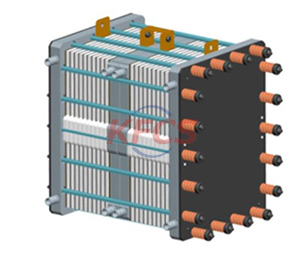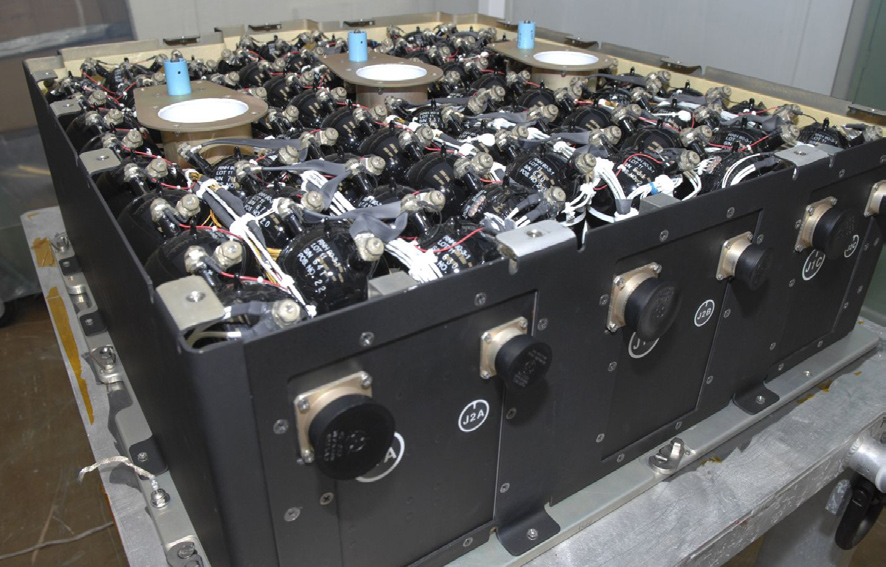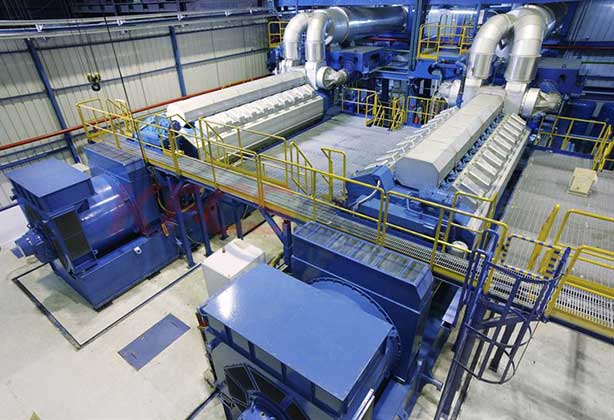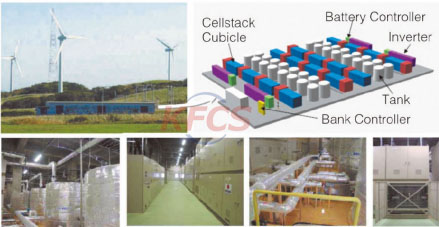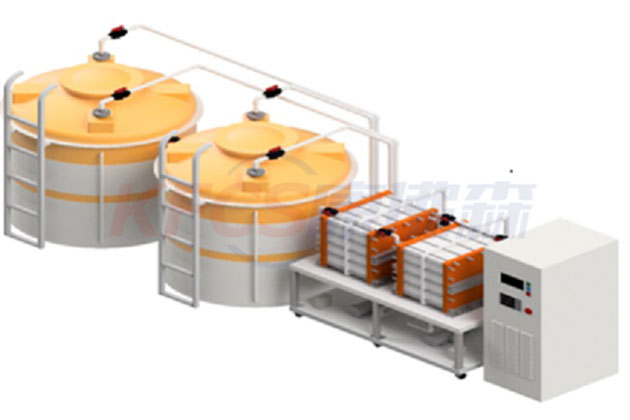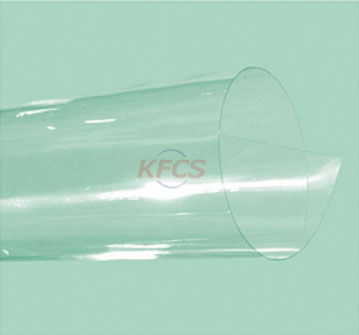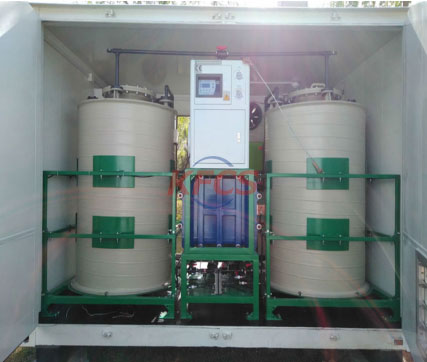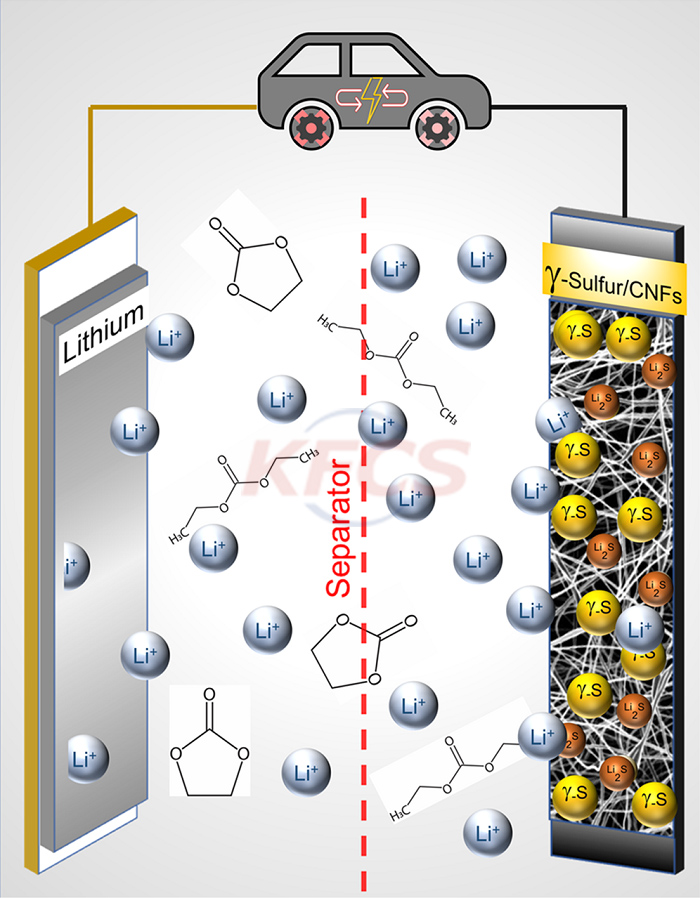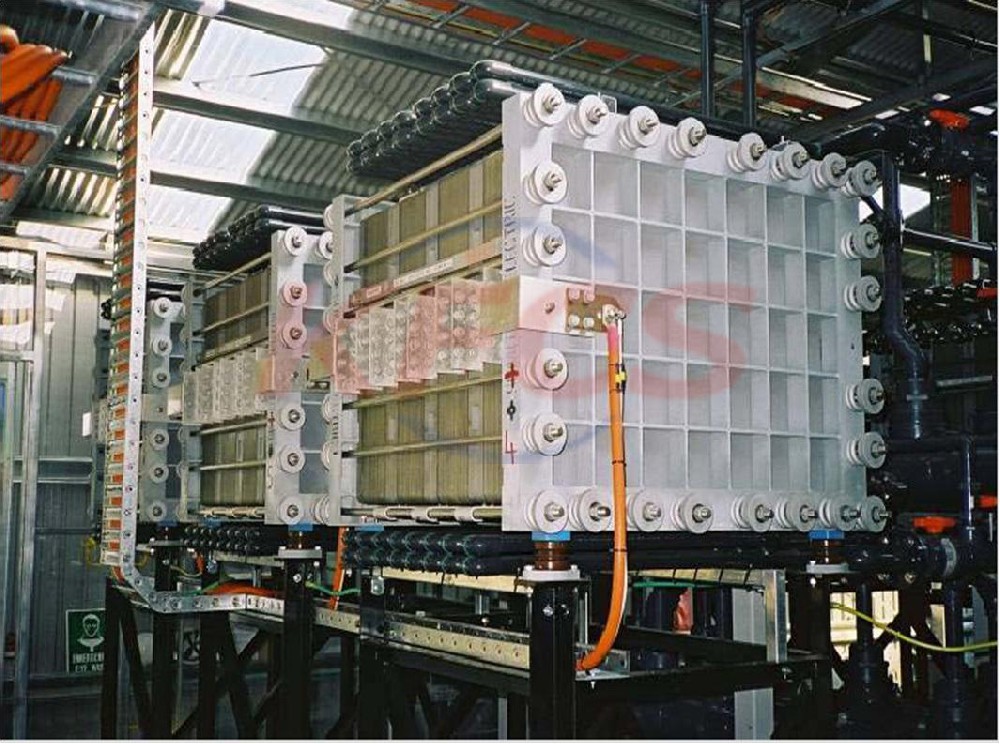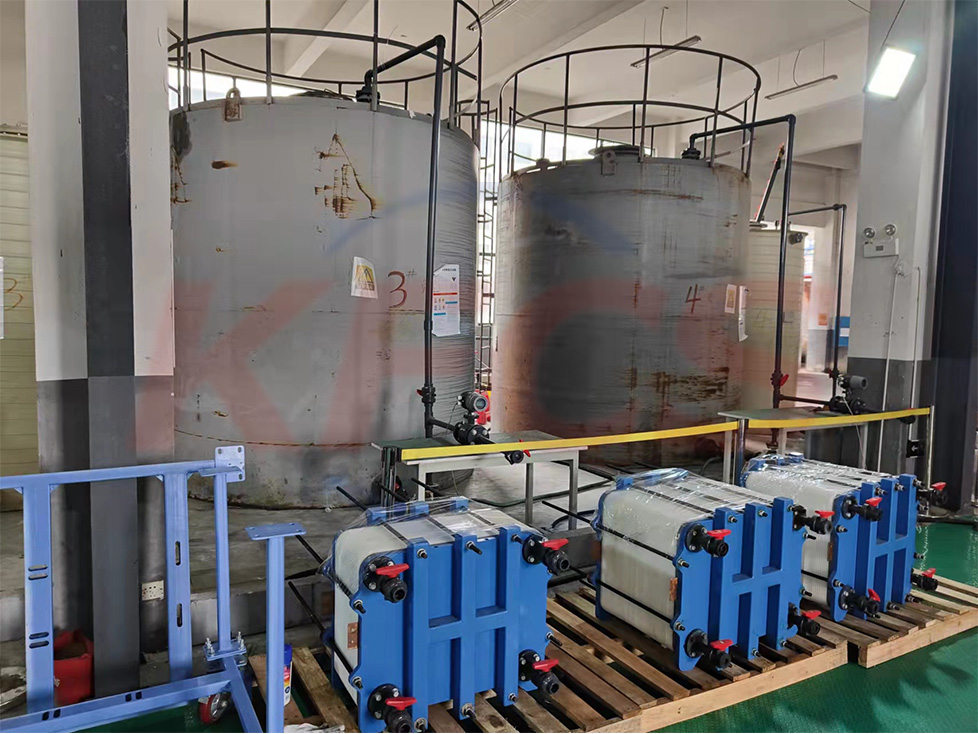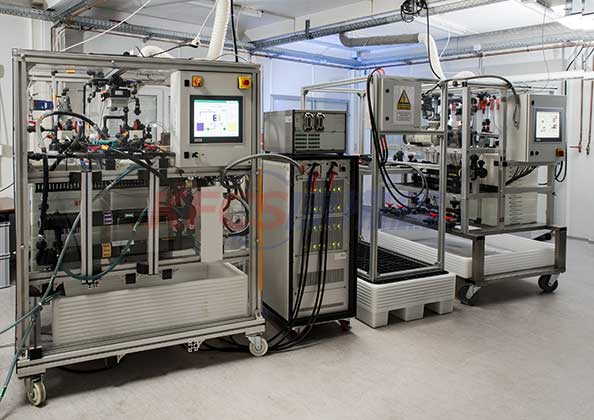Beyond Lithium: Finding Calcium-Ion Batteries
Beyond Lithium: Finding Calcium-Ion Batteries
Using quantum mechanical simulations, scientists are trying to identify a promising class of materials for creating new types of rechargeable batteries that go beyond lithium.
The scarcity of lithium has prompted scientists to look for other alkali metals to produce rechargeable batteries. In a recent study, Assistant Professor Haesun Park and colleagues at Chung-Ang University in South Korea performed computational simulations on various calcium (Ca)-based cathode materials. Their findings will help guide future experimental work and accelerate the development of new batteries, paving the way for widespread adoption of electric vehicles.
Electric vehicles are the future; they will help reduce air pollution and end our dependence on fossil fuels. However, there is an obvious problem with this potentially disruptive technology: whether there will be enough lithium (Li) to produce all these car batteries. The best rechargeable batteries we currently have are based on lithium chemistry. Unfortunately, lithium is not abundant on Earth, and its reserves are only 0.002% of the Earth's crust. Once electric vehicles become more widespread, demand for lithium will start to outstrip supply.
One possible solution to this conundrum is to design a new type of battery that relies on more abundant alkali metals rather than lithium. Among several candidate materials that can replace lithium, calcium (Ca) stands out as a promising metal for rechargeable batteries. Not only is Ca 10,000 times more abundant than Li, but it could theoretically yield similar battery performance. However, there are still some major obstacles to the development of calcium-based batteries, one of which is the lack of understanding of materials based on reversible calcium cathode (anode).
To help identify the best candidate cathode materials for calcium batteries, Assistant Professor Haesun Park and colleagues at Chung-Ang University in South Korea took a systems engineering approach. By running density functional theory (DFT)-based high-throughput quantum mechanical simulations, the team predicted battery-relevant properties of various layered materials of Ca and transition metal oxides.
Much of this work was carried out at Argonne National Laboratory and the Joint Center for Energy Storage Research (JCESR) project supported by the U.S. Department of Energy. "Calcium battery research is one of the major ongoing work at JCESR," said Professor Park. "The steady support of the Argonne and JCESR projects allows us to focus on calcium-ion batteries." Related paper available online Nov. 6, 2021, and published Dec. 23, 2021 in Advanced Energy Materials, Volume 11, Issue 48 .
The scientists considered seven transition metal ions and four layered structures for a total of 28 candidate cathodes. Through DFT calculations, they evaluated many important properties, including their thermodynamic stability, energy density, synthesibility, Ca mobility, and electronic structure. This, in turn, allowed them to identify promising materials for developing calcium-based batteries.
In particular, the scientists identified cobalt (Co) as a well-rounded transition metal for layered Ca-based cathodes with the molecular formula CaCo2O4. Furthermore, they showed that incorporating different transition metals in the cathode could be a viable strategy to improve some desired properties. "We managed to demonstrate that layered transition metal oxides, which are widely used in lithium, sodium and potassium batteries, can be a promising class of calcium cathode materials," emphasizes Professor Park.
"The successful development of low-cost and high-performance calcium-ion batteries will certainly aid the transition from conventional vehicles to electric vehicles, which will be more environmentally friendly in many ways. Allowing our experimental work to serve future developments."
Prev: How Vanadium Batteries Work
Next: 2.5kW vanadium battery

